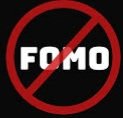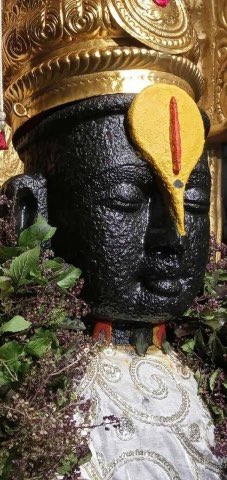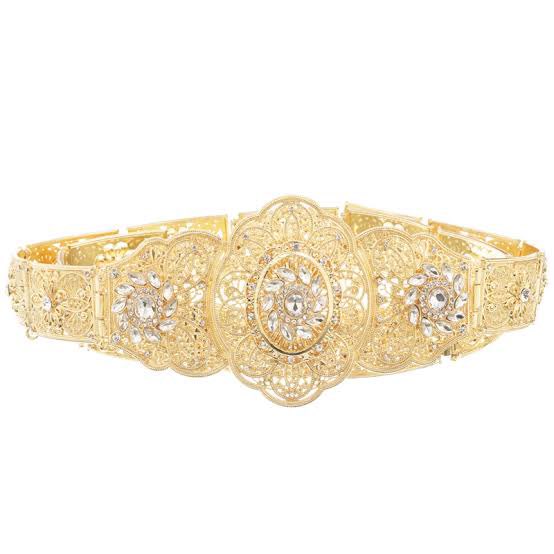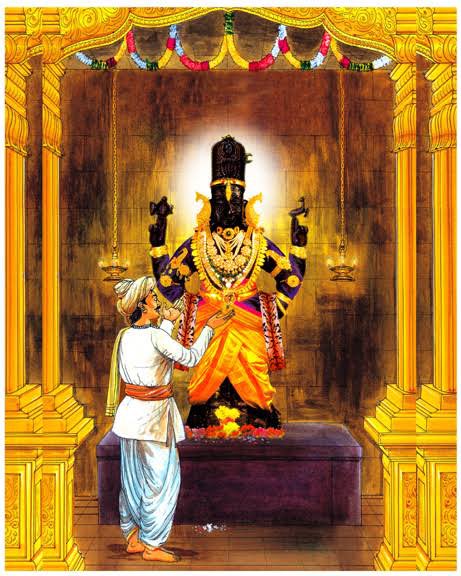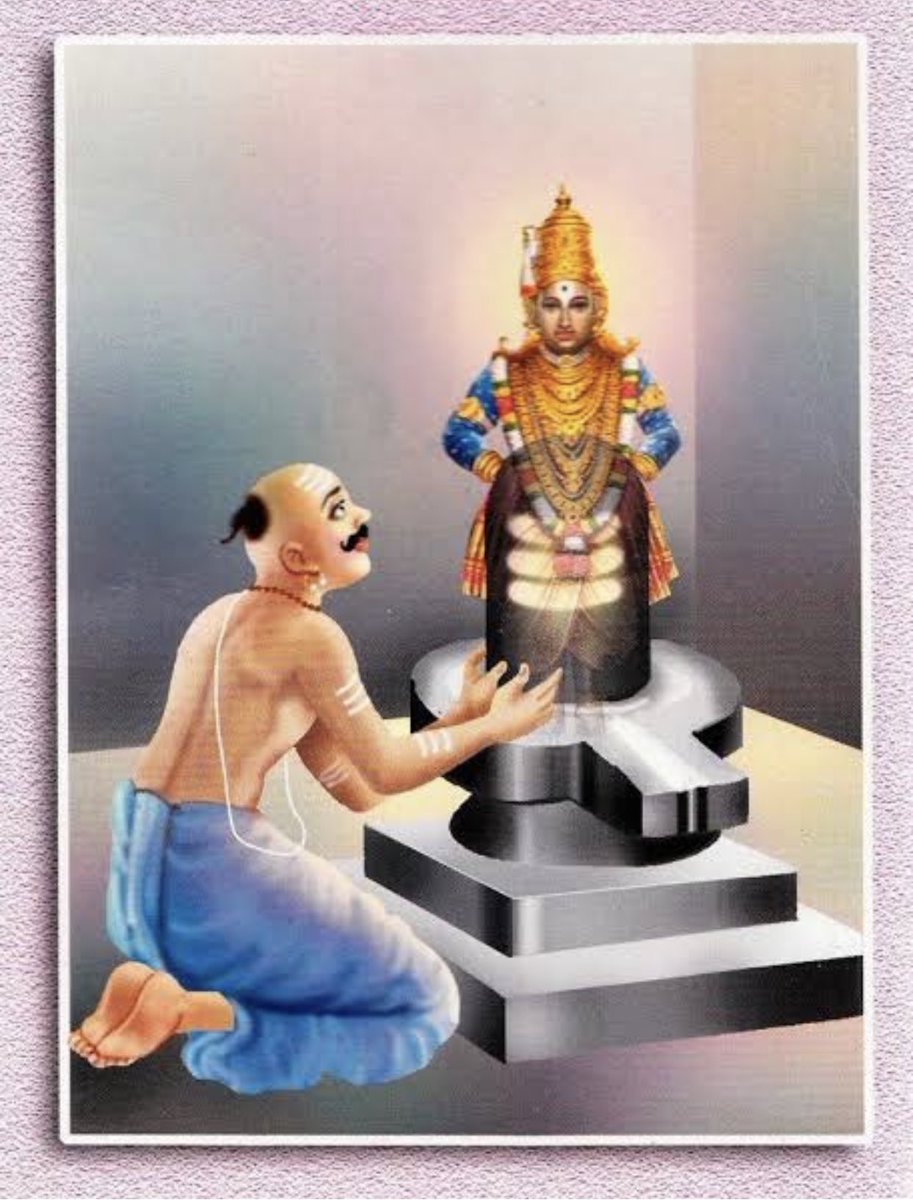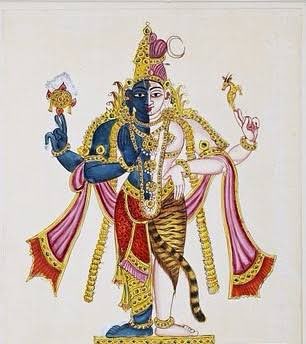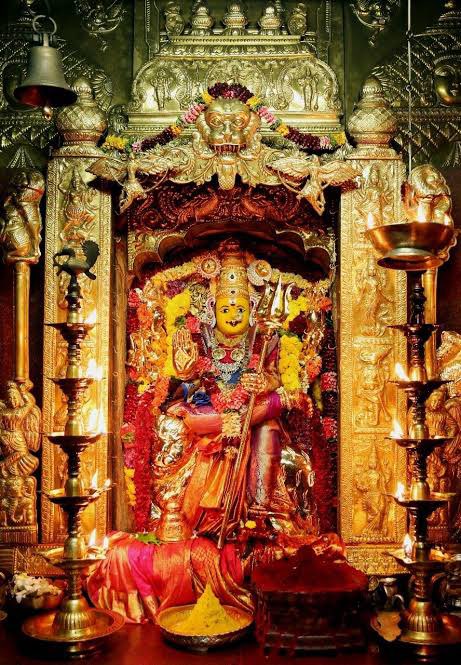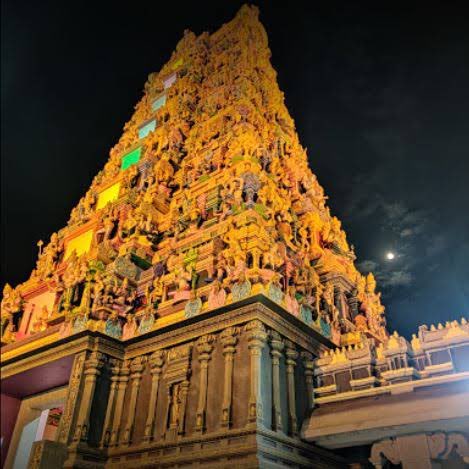What's your dream! Have you written it down? Do you have a plan for achieving it? Do you regularly spend time visualizing yourself achieving it? What have you done yesterday and what are you doing today to move yourself closer to it?

More from Mark Minervini
More from Markminervinilearnings
The word is sacrifice. You are not going to be the best at day trading, swing, value and growth investing. It will be amazing if you can master just one. And you only need one. So pick one and sacrifice the rest! There is no other way unless you want to suck at a bunch of things. https://t.co/QVI68eaNHQ
— Mark Minervini (@markminervini) April 14, 2021
20 Powerful tweets to learn from @markminervini
A 🧵thread...
Jesse Livermore
Some important quotes by Jesse Livermore... pic.twitter.com/UklL86oTvb
— Mark Minervini (@markminervini) June 16, 2021
Never let a loss exceed 8% changed his trading game for the
The big turning point in my trading came when I made a decision and vowed to NEVER EVER let a loss exceed 8%. During the next 5 years I averaged 220% per year for a total compounded return of 33,500%. It's been 28 years since and I have never broken that discipline not even once!
— Mark Minervini (@markminervini) April 26, 2021
Key early decisions to make for your trading
A few key decisions early in my trading career and my financial life completely changed for the better in just a few years.
— Mark Minervini (@markminervini) June 13, 2021
1. No big losses
2. No averaging down
3. No chasing extended stocks
4. No giving back decent profits
5. Always get odds on my money
Never listen to
Only losers discourage dreamers. Only those who never achieved big things discourage those attempting to achieve big things. Only those who think small discourage those who think big. Never believe discourages. The have no credibility! Believe winners. Believe in YOU! \U0001f447 pic.twitter.com/JdAhRy3lRJ
— Mark Minervini (@markminervini) June 14, 2021
You May Also Like
1. LWJ’s sword Bichen ‘is likely an abbreviation for the term 躲避红尘 (duǒ bì hóng chén), which can be translated as such: 躲避: shunning or hiding away from 红尘 (worldly affairs; which is a buddhist teaching.) (https://t.co/zF65W3roJe) (abbrev. TWX)
2. Sandu (三 毒), Jiang Cheng’s sword, refers to the three poisons (triviṣa) in Buddhism; desire (kāma-taṇhā), delusion (bhava-taṇhā) and hatred (vibhava-taṇhā).
These 3 poisons represent the roots of craving (tanha) and are the cause of Dukkha (suffering, pain) and thus result in rebirth.
Interesting that MXTX used this name for one of the characters who suffers, arguably, the worst of these three emotions.
3. The Qian kun purse “乾坤袋 (qián kūn dài) – can be called “Heaven and Earth” Pouch. In Buddhism, Maitreya (मैत्रेय) owns this to store items. It was believed that there was a mythical space inside the bag that could absorb the world.” (TWX)

